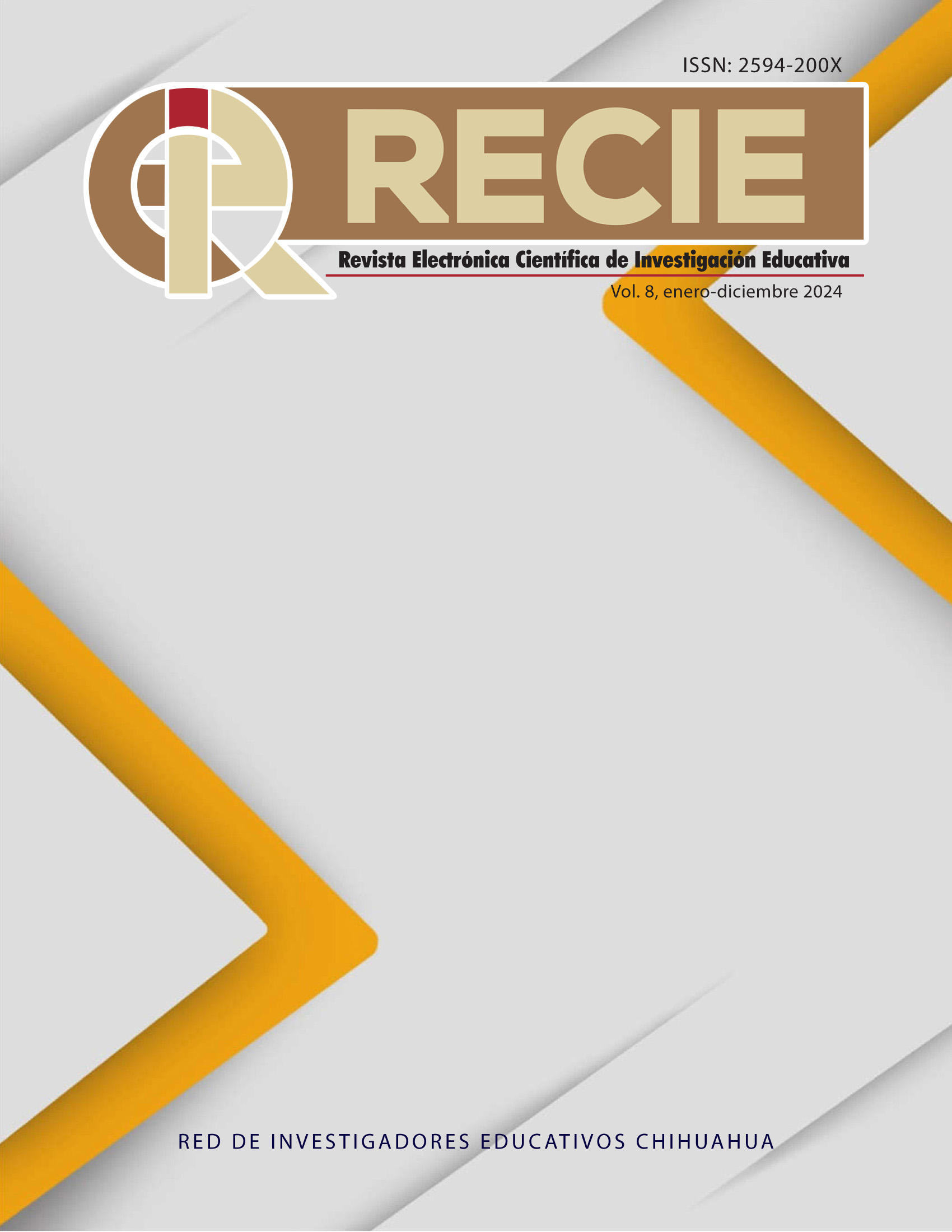Published 2024-12-31
Keywords
- Visual arts,
- teaching,
- art history,
- postmodernity
- Artes visuales,
- docencia,
- historia del arte,
- posmodernidad
How to Cite
Copyright (c) 2024

This work is licensed under a Creative Commons Attribution-NonCommercial 4.0 International License.
Abstract
The role of the Art History subject in modern artistic education is often diminished and reduced to a component of general humanistic knowledge, acquired during the course of study. This paper aims to organize and consolidate knowledge related to this discipline, allowing for a deeper understanding of the role of art history in the comprehensive development of the artist. The reflections presented and the proposed methods are the result of teaching experience in the subject and several didactic experiments. The work involves laborious intellectual efforts and an informal approach to teaching that contrasts with the informal atmosphere of the artistic classroom.
References
- Arends, R. (2007). Aprender a enseñar. McGraw-Hill.
- Bauman, Z. (2007). Arte, ¿líquido? Sequitur.
- Bernabé, M. (2020). La didáctica de la historia del arte en el siglo XVIII: aportaciones de las academias. História da Educação, 24, e94355. https://www.redalyc.org/journal/3216/321664061005/html/
- Bernstein, B. (2001) La estructura del discurso pedagógico. Clases, códigos y control. Morata.
- Blanco, M. (2012). Autoetnografía: una forma narrativa de generación de conocimientos, Andamios. Revista de Investigación Social, 9(19), 49-74. https://www.redalyc.org/pdf/628/62824428004.pdf
- Caballero, M. R. (1992-1993) La historia del arte en la enseñanza secundaria: perspectiva histórica y posibilidades de futuro. Imafronte, (8-9), 51-60. https://digitum.um.es/digitum/bitstream/10201/935/1/233380.pdf
- Freedman, K. (1992). La enseñanza del tiempo y del espacio: comprensión de la historia del arte y de la herencia artística. Revista de Educación, (298), 81-88. https://www.educacionfpydeportes.gob.es/dam/jcr:b4c66210-4b2d-47ec-8caa-ac24ac72e998/re2980400486-pdf.pdf
- Hernández Orozco, G., Pérez Piñón, F. A., y Evangelista Márquez, J. L. (2010). El Instituto Científico y Literario de Chihuahua: 1934-1954. Universidad Autónoma de Chihuahua/Sindicato del Personal Académico de la UACH.
- Hernández, J., Leyva, L. E., López, R., Orozco, J. E., y Pérez, A. (1982). Estado actual de la educación artística en México. Bibliografía Latinoamericana de la Universidad Nacional Autónoma de México. https://biblat.unam.mx/hevila/EducacionM%C3%A9xicoDF/1982/vol8/no41/22.pdf
- Montelongo, E., y Trujillo, J. A. (2021). Recuento histórico de aspectos de formación y profesionalización de las artes plásticas en Chihuahua. RECIE. Revista Electrónica Científica de Investigación Educativa, 5(2), 101-113. https://doi.org/10.33010/recie.v5i2.1291
- Pevsner, N. (1986). Die Geschichte der Kunstakademien. Mäander.
- Sáenz, F. (1996). Antecedentes y Desarrollo Instituto de Bellas Artes, Chihuahua. Universidad Autónoma de Chihuahua, Dirección de Planeación/Imprenta sparza.
- Sigala, M. (2019). Una historia accidentada y de anhelos: el caso de la Facultad de Filosofía y Letras de la Universidad Autónoma de Chihuahua, a través de la voz de sus protagonistas [Tesis de Maestría no publicada]. Universidad Autónoma de Chihuahua, México.
- Topolski, J. (1992). Metodología de la historia. Cátedra.
- UACH [Universidad Autónoma de Chihuahua] (2024). Plan de estudios: Licenciado en las Artes Plásticas. https://uach.mx/pregrado/licenciado-artes-plasticas/plan-de-estudios/


